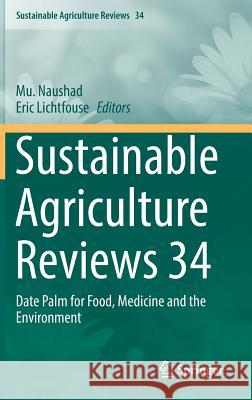Sustainable Agriculture Reviews 34: Date Palm for Food, Medicine and the Environment » książka
topmenu
Sustainable Agriculture Reviews 34: Date Palm for Food, Medicine and the Environment
ISBN-13: 9783030113445 / Angielski / Twarda / 2019 / 278 str.
Kategorie:
Kategorie BISAC:
Wydawca:
Springer
Seria wydawnicza:
Język:
Angielski
ISBN-13:
9783030113445
Rok wydania:
2019
Wydanie:
2019
Ilość stron:
278
Waga:
0.61 kg
Wymiary:
23.5 x 15.5
Oprawa:
Twarda
Wolumenów:
01
Dodatkowe informacje:
Wydanie ilustrowane











